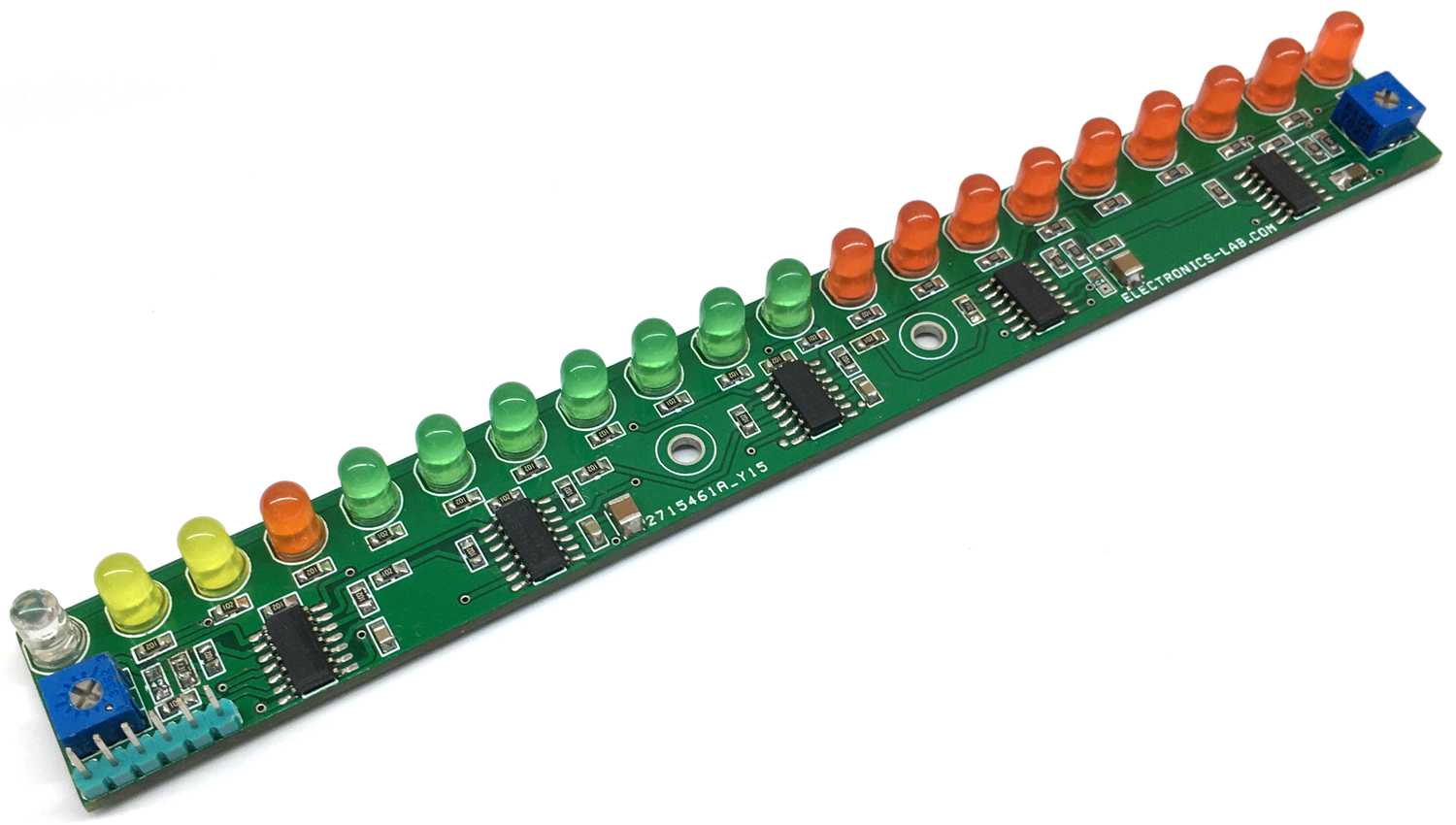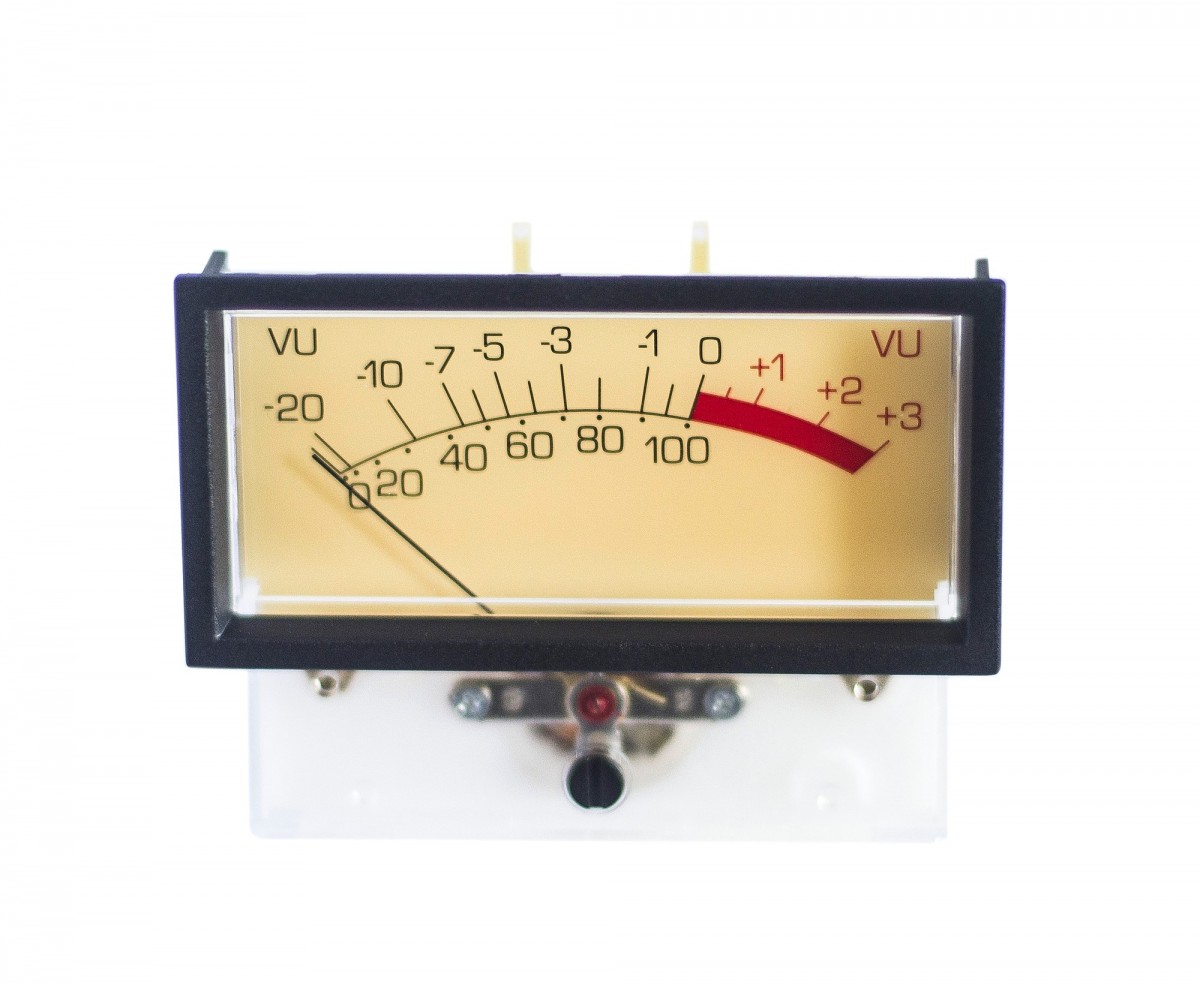

Just put a VU meter plugin at the end of your mix bus and keep it open while working on your volume balance. That means you can use a VU meter to make sure your energy is increasing for the chorus. Remember when I said that VU meters show the energy of a mix? It should feel more energetic than the verse before it. Your chorus is the most important part of the song. One of the biggest calling cards of an amateur mixer is a quiet chorus. Hidden Secret #2: It Can Save Your Track’s Dynamics There’re tons of other ways you can use VU meters to your advantage, especially when it comes to dynamics. If you’re trying to control the dynamics of the background instruments, you might be tempted to heavily compress this bass.īut now that we see it has a much smaller dynamic range than we thought, we can do some light compression and move on to another instrument. This is helpful when you’re trying to decide which instruments need more compression. In fact, it’s staying around the same volume the entire time. You can see that it’s not a heavily dynamic part. But to your ears, it just sounds like a nice fat bass. To your eyes, it might look like the bass is extremely dynamic. If you look at your DAW’s FS meter while it’s playing, you’ll see the bar jumping up and down every millisecond. That means it’s way more useful for your mix.įor example, let’s think about a bass guitar. You’re seeing how your listeners are going to hear it. When you put a VU meter on your instrument, you’re seeing the energy and intensity of the sound.

Accuracy be damned.Īnother way of thinking about it is this: FS meters show volume. So even though we’re looking at an “inaccurate” meter, we’re seeing how our ears are perceiving the instrument.Īnd ultimately, our ears are what’s important. We hear sound just like a VU meter… in averages! You see each momentary peak in the volume level. Hidden Secret #1: It’s Built Like a Human EarįS meters are technically more accurate, yes. How so? Well, that leads us directly into… They’re slower.īut what they lack in accuracy, they make up for in realism. So technically, VU meters are less accurate than their newer FS cousins. They show the EXACT moment-to-moment volume of an instrument. This is the opposite of the FS meters in your DAWs. And the pros are just fine with that…īecause it’s a closely guarded secret that VU meters do more than just show the volume of an instrument.īut before we can get into those industry secrets, we need to talk about what sets the VU meter apart.Ī VU meter shows the AVERAGE moment-to-moment volume of an instrument. Since then, you’ve seen fewer and fewer VU meters on the market. You’ve probably seen them in your own DAW – it’s the meter right next to your volume faders. Once DAWs came around, programmers switched to FS meters (full scale meters) to measure volume. Up until digital came around in the late ‘80s. VU meters (or volume unit meters) were the main volume meters of the 20th century. On mixing consoles, analog gear, or in plugins based on the classic vintage tech. You may have seen these old-fashioned-looking meters. These things are one of the most misunderstood pieces of gear in music history. Until now, everyone has been teaching production totally backward.īut if you just want to learn about VU Meters specifically, keep reading. We put together a brief training that covers a totally new approach to music production.
#AUDIO VU METER SOFTWARE#
Well, you don’t need expensive gear or software to do that – you just need the right knowledge. I’m guessing you’re here because you want to make your mixes sound professional. Get industry-quality every time (steal this framework) So let’s dive into the hidden secrets of the all-coveted VU meter.
#AUDIO VU METER PRO#
They’re one step in getting that pro sound you’re chasing. Seriously, these things can be a game-changer for a DIY musician.
#AUDIO VU METER FULL#
The first time I saw a board full of VU meters, I thought it looked like something you’d see inside a nuclear power plant.īut I never stopped to figure out what those tiny meters were… Or why they’re one of the best-kept secrets of the music industry. You see a band laughing with the producer, writing music behind the mixing board…Īnd the entire board is covered in yellow meters with big red needles. Ever seen those weird, old-timey meters in pictures of old studios?


 0 kommentar(er)
0 kommentar(er)
